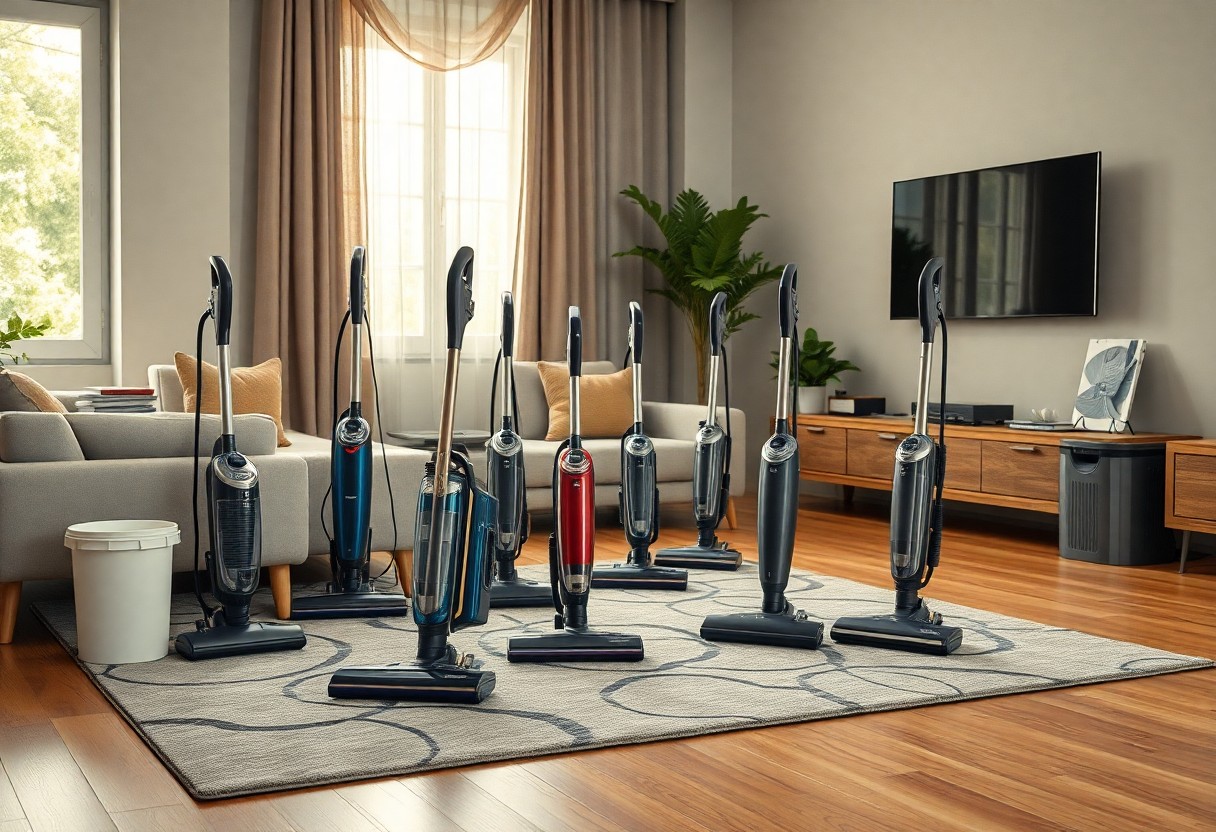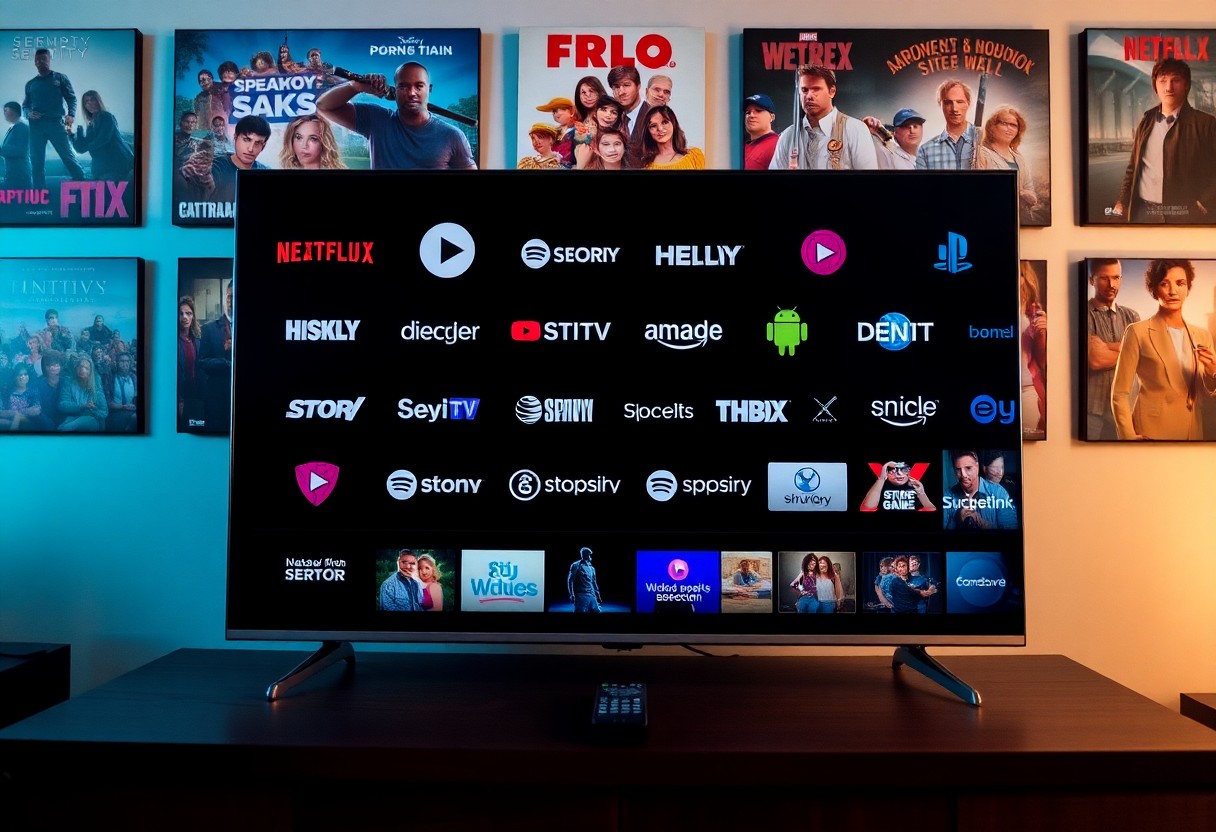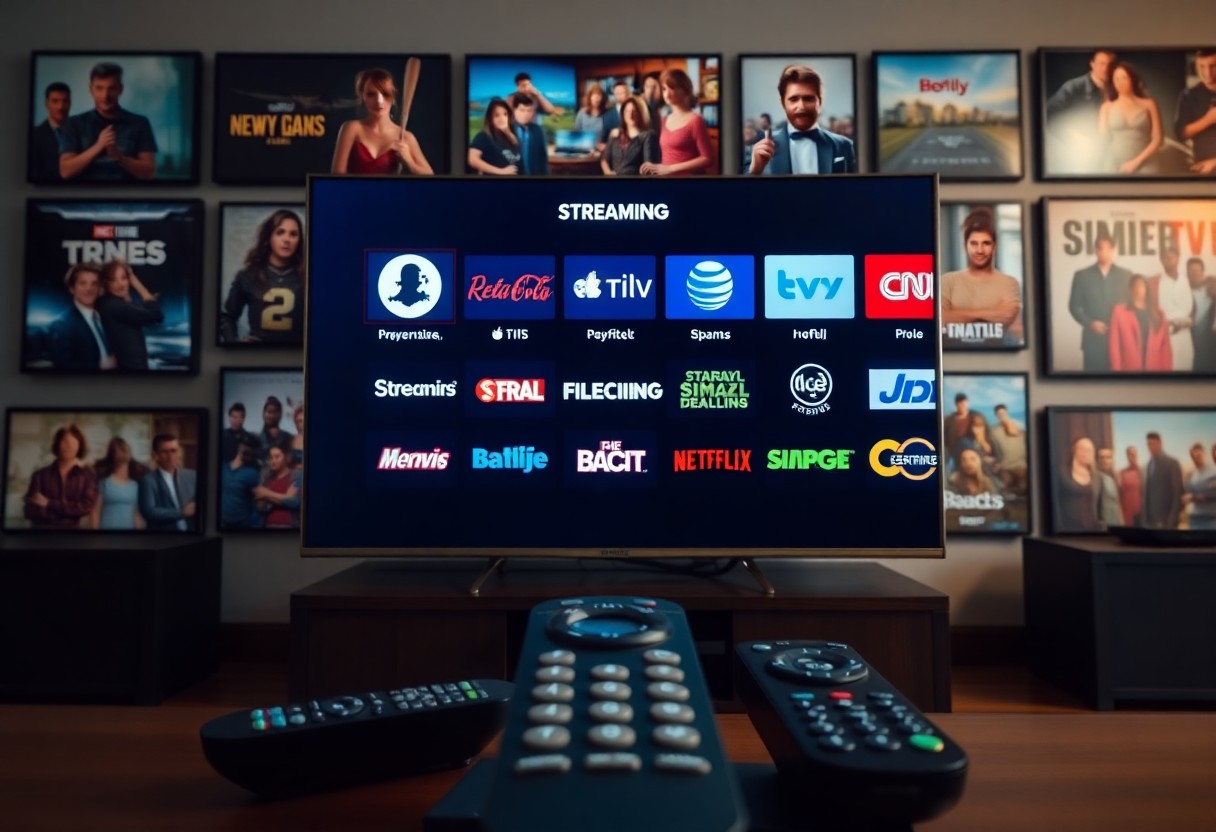You might be wondering if investing in a robot vacuum is a wise choice for maintaining your home’s cleanliness. As you consider the convenience and advanced technology these devices offer, it’s important to evaluate their effectiveness, cost, and suitability for your lifestyle and needs. In this post, we will explore the various features of robot vacuums, their pros and cons, and whether they can truly save you time and effort in your cleaning routine. Join us as we dissect the fascinating world of robot vacuums.
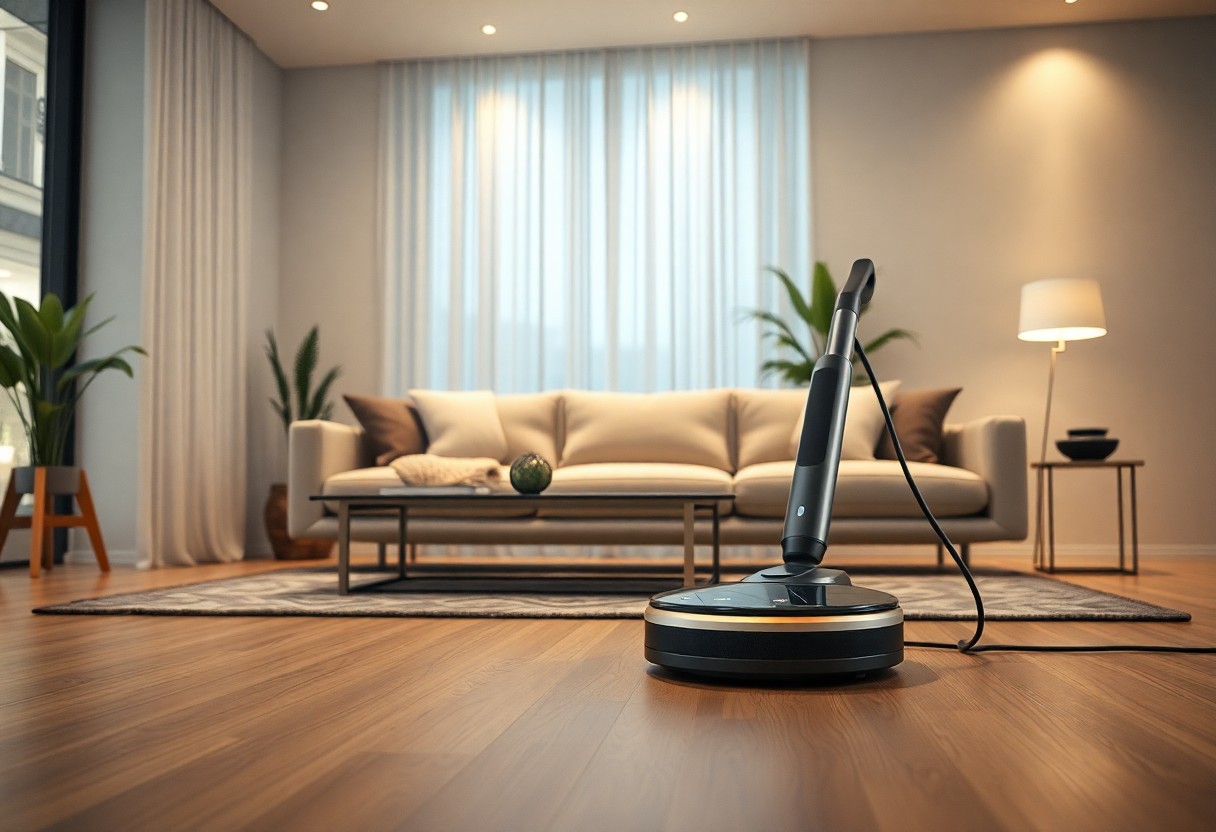
Understanding Robot Vacuums
The world of robot vacuums has become increasingly popular as homeowners seek efficient and automated cleaning solutions. These innovative devices offer an effortless way to maintain clean floors without requiring constant manual effort. With advancements in technology, robot vacuums can navigate your home, tackle different floor types, and adapt to your cleaning needs, all while saving you time and energy.
How Robot Vacuums Work
Besides using powerful suction, robot vacuums deploy a mix of sensors and mapping technologies to navigate your living space. They create a map of your home, which allows them to efficiently plan their cleaning route. Integrated sensors help them avoid obstacles and drops, ensuring they clean effectively without getting stuck or damaged.
Key Features and Technologies
An understanding of key features and technologies can help you determine which robot vacuum suits your cleaning needs best. Common attributes include:
- Obstacle detection and avoidance
- Suction power settings
- Scheduling capabilities
- Smart home integration
- HEPA filtration for allergy sufferers
Perceiving these features allows you to make an informed decision, ensuring you choose the right robot vacuum for your home.
Vacuums equipped with advanced technologies promise to enhance your cleaning experience significantly. They often feature mapping systems that allow for efficient and systematic cleaning patterns, ensuring no area is neglected. Additional features can include:
- Boundary markers to restrict cleaning areas
- Self-cleaning brushes
- Adaptive floor type recognition
- App control for remote scheduling
- Voice command capabilities
Perceiving these advancements enables you to select a robot vacuum that not only meets your cleaning requirements but also integrates smoothly into your lifestyle.
Advantages of Robot Vacuums
If you are considering upgrading your cleaning routine, robot vacuums offer several advantages that could enhance your daily life. These smart devices are designed to automate the cleaning process, allowing you to enjoy a cleaner home with less effort. With their advanced technology and features, robot vacuums can efficiently navigate your space, making cleaning more effective and hassle-free.
Time-Saving Benefits
Along with offering convenience, robot vacuums significantly reduce the time you spend on household chores. By taking over the vacuuming task, these devices allow you to focus on other important activities, whether that means spending quality time with family, pursuing hobbies, or simply relaxing in your home.
Efficiency and Convenience
On top of saving time, robot vacuums are known for their impressive efficiency and convenience. These devices can clean multiple surfaces, including carpets and hard floors, adapting their cleaning methods to ensure optimal performance. Their compact design allows them to reach corners and tight spaces that traditional vacuums might struggle with.
Even better, many robot vacuums come equipped with smart features like scheduling capabilities and smartphone integration. This means you can set cleaning routes and times according to your lifestyle and preferences, ensuring that your home stays tidy with minimal effort from you. The convenience of operating these devices remotely, whether you’re at home or away, adds an extra layer of ease to your cleaning routine, making them a worthy investment for busy households.
Limitations of Robot Vacuums
You might be surprised to learn that robot vacuums have limitations that can impact their performance in your home. While they offer convenience, they often struggle with deep cleaning and picking up large debris. Additionally, their battery life can restrict how much area they can cover in one session, especially in larger spaces. You may find that certain floor types, such as thick carpets, pose a challenge for some models, affecting their overall cleaning efficiency. Understanding these limitations can help you determine if a robot vacuum is the right choice for your cleaning needs.
Cleaning Effectiveness
Along with their convenience, you should consider the cleaning effectiveness of robot vacuums. They generally excel at maintaining cleanliness between deeper cleans but may not match the performance of traditional vacuums when it comes to handling stubborn dirt or pet hair. You may find that some robots are better suited for hard floors, while others struggle on carpets, making it imperative to choose a model that aligns with your specific home environment.
Maintenance and Repair Issues
Cleaning a robot vacuum involves more than just emptying the dustbin. You must regularly check and clean the brushes, filters, and sensors, which can be time-consuming. As part of routine upkeep, you will need to navigate the cost and hassle of replacing worn parts, such as brushes or batteries, which can affect performance over time. If your robot encounters obstacles and malfunctions, it may also require repairs, leading to additional costs and downtimes in your cleaning routine.
Repair or replacement of components can often lead to unexpected expenses. You may encounter issues with the wheels or brushes that need regular inspection and potential replacement. Additionally, if your robot vacuum malfunctions, you might need technical support or service to fix software or hardware problems, which can take time and effort. By keeping an eye on its performance and addressing issues promptly, you can enhance the longevity and efficiency of your robot vacuum.
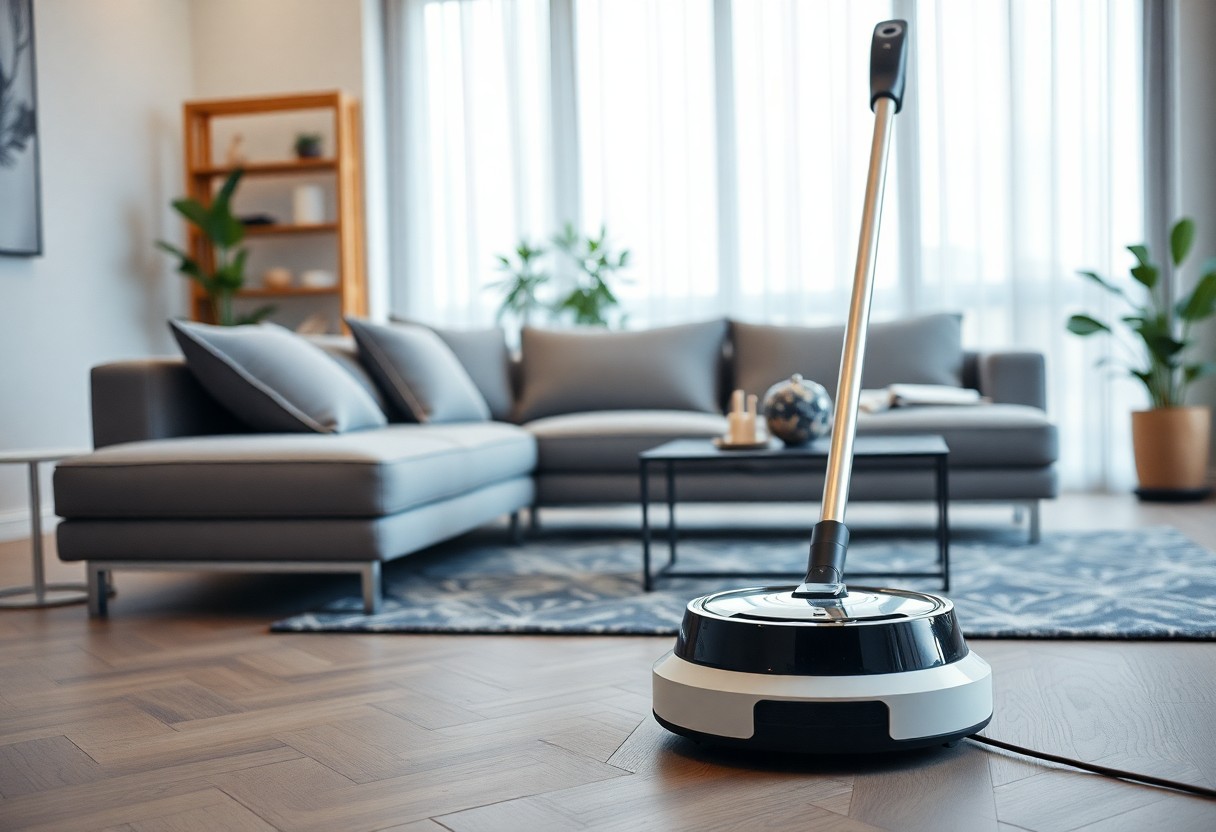
Cost Analysis
To evaluate the cost of robot vacuums, it’s vital to consider both the initial outlay and potential long-term savings they may provide. Robot vacuums range in price from budget-friendly models to high-end varieties with advanced features. While the upfront investment might seem significant, you should factor in the reduced need for frequent professional cleaning services and the time saved on manual vacuuming, which can lead to overall savings in the long run.
Initial Investment vs. Long-Term Savings
Above all, it’s important to weigh how much you are willing to spend initially and how those costs will reflect in your day-to-day life. Investing in a robot vacuum might seem steep, but the time it saves you and the convenience it offers can be invaluable. Moreover, the durability and efficiency of many models can lead to less frequent replacements and maintenance costs over time.
Comparisons with Traditional Vacuums
One way to understand the investment is to compare robot vacuums with traditional vacuums. The following table breaks down various cost components between the two platforms:
Comparing Costs: Robot Vacuums vs. Traditional Vacuums
| Cost Component | Robot Vacuum |
|---|---|
| Initial Purchase Price | Higher upfront cost |
| Maintenance Costs | Lower maintenance needed |
| Time Investment | Minimal time required |
| Cleaning Frequency | More frequent cleaning possible |
With robot vacuums, the convenience factor is undeniably high, especially for busy individuals or families. You’ll find that while traditional vacuums often require you to manually push them around and may take more time to operate, robot vacuums traverse your floors autonomously. The time you save can be reinvested in other productive activities or simply enjoying personal time, making them a compelling option worth considering in your cleaning arsenal.
Consumer Perspectives
For many homeowners, robot vacuums have become an exciting part of maintaining a clean living space. As the technology continues to evolve, these devices offer various features that can cater to your cleaning needs. You may find that the ease of programming and automated cleaning cycles can save you valuable time, making them an appealing investment for busy lifestyles.
User Reviews and Satisfaction
With a broad spectrum of opinions, user reviews often highlight the convenience and efficiency of robot vacuums, especially for pet owners and busy individuals. Many users appreciate the ability to set schedules and control the device remotely through apps. However, some points raised by users include concerns about battery life and suction power, depending on the model. Understanding these insights can help you make a more informed decision.
Popular Brands and Models
At the forefront of the robot vacuum market, brands like Roomba, Neato, and Ecovacs have distinguished themselves with a variety of models to choose from. You can find robot vacuums across different price ranges, giving you options that meet your budget as well as your cleaning needs. Each brand typically offers its unique features, such as advanced mapping technology, powerful suction, and compatibility with smart home devices.
To narrow down your options, consider popular models from these brands. For instance, Roomba’s i7+ and Ecovacs’ Deebot series are often praised for their effective navigation and thorough cleaning. It’s crucial to assess your specific requirements—such as your home’s layout, floor types, and presence of pets—while researching these brands, helping you choose a model that aligns perfectly with your lifestyle.
Future of Robot Vacuums
Unlike traditional vacuums, the future of robot vacuums is promising, with advancements in AI and machine learning making them more effective and user-friendly. As you consider your investment, it’s insightful to check discussions like Are robot vacuums worth the investment? : r/CleaningTips, where many users share their experiences and opinions.
Technological Advancements
Any changes in technology impact how you use your robot vacuum. Innovations such as improved navigation systems and smarter mapping capabilities enhance efficiency, resulting in cleaner spaces with minimal effort from your side.
Market Trends
By analyzing current trends, it’s clear that the robot vacuum market is growing rapidly. You’ll find countless new models, each offering unique features to simplify your cleaning routine.
Market research indicates a surge in demand for smart home devices, with robot vacuums becoming increasingly popular among households. As more people invest in automation, manufacturers are responding by improving connectivity and integration with other smart devices. This evolution creates an appealing scenario for you if you value efficiency and modern technology in your home cleaning solutions.
Summing up
Conclusively, investing in a robot vacuum can significantly enhance your cleaning routine, offering you convenience and efficiency in maintaining your home. Many models now feature advanced technologies, such as mapping and scheduling, making them smart additions to your household. While the upfront cost may seem high, consider the time saved and the consistent performance they deliver. Ultimately, whether a robot vacuum is worth it depends on your lifestyle and cleaning needs, but it could prove to be a valuable asset for your home.


